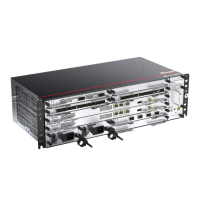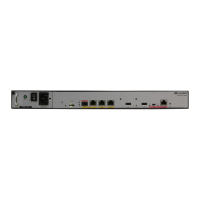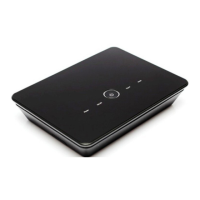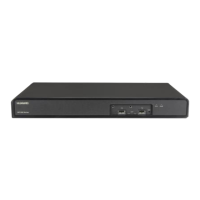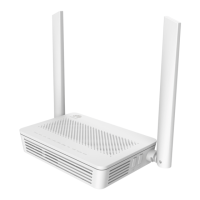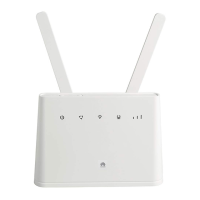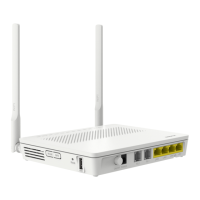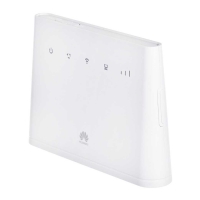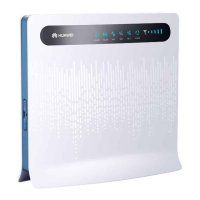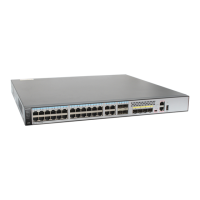
Do you have a question about the Huawei V100R006C00 and is the answer not in the manual?
| Brand | Huawei |
|---|---|
| Model | V100R006C00 |
| Category | Network Router |
| Language | English |
Describes functions, application scenarios, and terms of Auto-Config.
Details how Auto-Config operates on the S5700 switches.
Explains deployment of S5700s without configuration files in the same network.
Guides deployment of unconfigured S5700s across different network segments.
Introduces NAP, a Huawei proprietary protocol for remote configuration and deployment.
Explains how to use NAP for remote login and deployment of devices with empty configurations.
Provides examples for NAP configuration, covering networking, notes, and roadmaps.
Describes the fundamental concepts and operation of stacking.
Details the setup process and requirements for creating a stack system.
Lists the various routing, Ethernet, security, and IP features supported by stacking.
Guides through the steps to enable and configure stacking on S5700 switches.
Presents a practical example for configuring a stack in a ring topology.
Briefly explains the purpose and utility of display commands for device status.
Details how to use display commands to check the operational status of an S5700 device.
Defines hardware management in the context of operating S5700 hardware via commands.
Outlines key hardware management capabilities like label backup and port sleep.
Explains the procedure for backing up device electronic labels for troubleshooting.
Describes how to enable electrical port sleep to optimize energy consumption.
Explains the role of the information center in managing logs, alarms, and debugging messages.
Guides on managing and configuring the device's information center.
Details how to direct information output to various destinations like consoles or log hosts.
Provides practical examples for setting up and using the information center.
Describes the basics of mirroring and its use for packet monitoring.
Guides on setting up port mirroring on the same device for monitoring traffic.
Explains how to configure port mirroring across different devices using RSPAN.
Details the steps to disable port mirroring configurations.
Describes how to monitor traffic within specific VLANs on the same device.
Guides on monitoring VLAN traffic across different devices using RSPAN.
Explains how to disable VLAN mirroring configurations.
Details local mirroring based on specific MAC addresses within a VLAN.
Describes how to mirror traffic based on traffic classification rules locally.
Guides on mirroring traffic based on rules across different devices.
Explains how to modify or remove an observing port in mirroring configurations.
Describes how to mirror CPU-received packets for debugging.
Offers practical examples for various mirroring scenarios.
Describes the fundamental concepts and standards of Power over Ethernet (PoE).
Lists the PoE capabilities and power supply specifications of the S5700.
Guides on setting up PoE globally and on interfaces, including power limits and priorities.
Provides an example for configuring PoE on switch ports for connected devices.
Introduces Automatic Laser Shutdown (ALS) and its mechanism for optical interfaces.
Details the ALS features supported by the S5700 switches and their applications.
Explains how to configure ALS for laser safety and energy saving on optical interfaces.
Presents a practical example for configuring ALS on fiber-connected switches.
Provides necessary background knowledge for restarting and resetting the S5700.
Details methods for performing an immediate restart via commands or power button.
Explains how to schedule a device restart for a specific time.
